Safe Alternatives for Getting Rid of Pongy Household Smells
Published on Oct 8, 2017 | Updated - Jan 4, 2024

Fun Cleaning Fact: Do you know that scent is the most powerful memory trigger?
Whilst diffusers and candles will mask odours, they don’t deal with the cause of the stinky problem. Unfortunately, when we’re finally ready to deal with the cause of the offending odours, we’re usually reaching for the chemical cocktail that’s been purchased from the supermarket.
What if I told you that there's a better, safer, natural way to deal with odours around the home than the supermarket-supplied chemical cocktail?
Key Ingredients for Our Natural Remedies
White Vinegar: Vinegar contains approximately 5% acetic acid. Acetic acid is an effective cleaning solution with some disinfecting properties. This means it will help treat odour-causing bacteria. Vinegar is also effective in treating most types of mould.
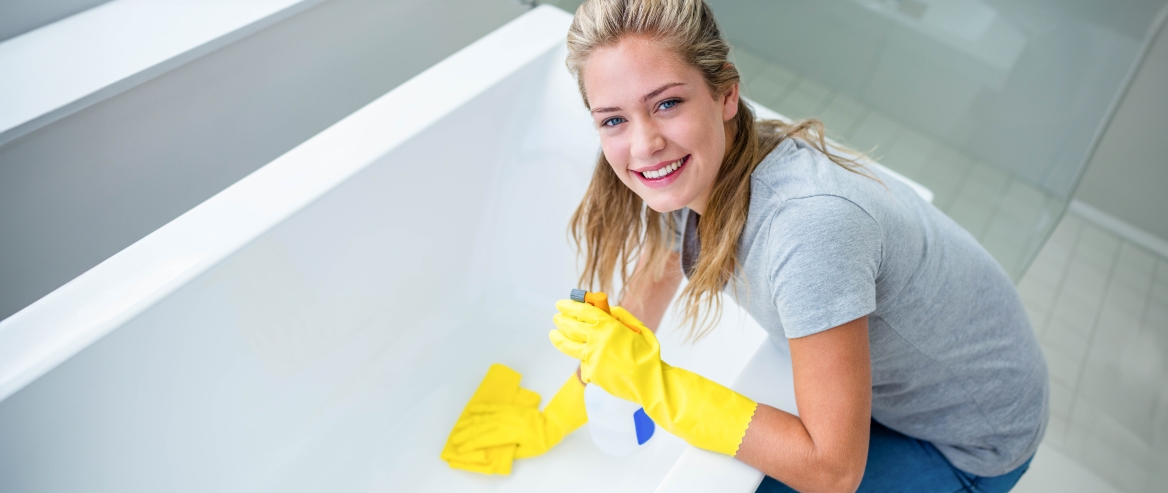
RECOMMENDED READING
The Magic Bathroom Mould Cleaner You Can Make YourselfSalt: Salt helps kill odour-causing bacteria by drawing moisture out of the bacterial cells.
Lemons: Lemons have exceptional anti-fungal and anti-bacterial properties, which means lemons treat the bacteria and mould that cause most odours. Additionally, lemon peel contains d-limonene (sometimes called citrus turpentine), which is very effective at breaking down oils and grease.
Essential Oils: Essential oils are an excellent masking agent. However, some oils, such as lavender oil and Eucalyptus oil, have excellent anti-bacterial properties.
Baking Soda or Bi-Carb Soda: An alkaline compound that is very effective at neutralising odours emanating from an acidic source.
How to Get Rid of Pongy Odours in Your Home
1. Smelly carpet

Carpet odours are generally caused by a combination of the off-gases from bacteria and mould as well as food oils. Our natural carpet spray utilises vinegar and salt to tackle mould and bacteria, whilst the essential oils will mask lingering odours from food oils.
Ingredients:
- ½ cup white vinegar
- 1 cup water
- 2 tablespoons salt
- 10 – 20 ml lavender or eucalyptus oil
Steps:
- Combine ingredients in a spray bottle, stirring until the salt dissolves.
- Spray the solution liberally onto the carpet (but do not saturate) and allow it to air dry.
- Vacuum the carpet once it has dried.
Note
Avoid applying this solution to silk or viscose rugs.
2. Smelly sink

Most bad sink odours are caused by bacteria growing in the U-bend of the pipes under the sink. To treat the odour, mix equal parts warm water and lemon juice in a bowl and pour down the drain; wait for 15 – 20 mins and flush with hot water.
3. Musty upholstery
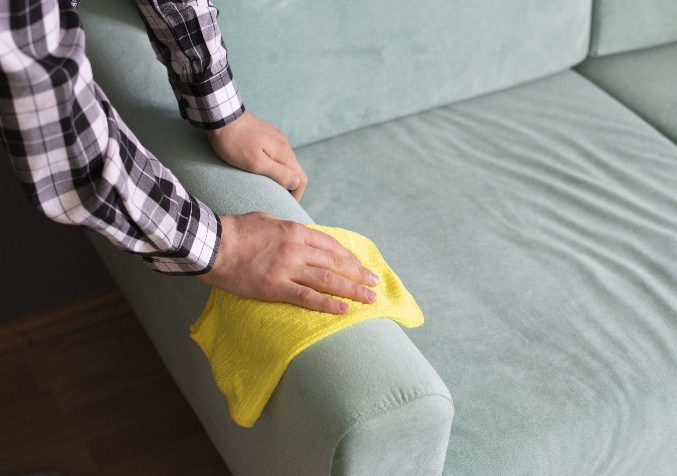
A stronger version of our carpet deodoriser without the salt is ideal for upholstery. We choose to exclude salt for the upholstery deodoriser as it can be hard to vacuum away all of the salt, leaving the upholstery feel stiff or prickly.
Ingredients:
- 1 cup white vinegar
- 1 cup water
- 10 drops of lavender oil
Steps:
- Mix the solution in a spray bottle.
- Apply the solution to the fabric. Allow to dry and re-apply if necessary.
Note
Best results are achieved if a soft brush is used to agitate the deodoriser into the upholstery fibres.
This solution is also effective on pillows and mattresses.
4. Sewage smelling toilet

Pour half a cup of baking soda directly into the toilet bowl and put in 10-50 drops of tea tree essential oil, followed by half a cup of white vinegar. Spray using a mixture of equal parts water and vinegar in and around the bowl. Go on a 30-minute coffee break, then come back to scrub the stains. Then flush the nasty smell away.
Explore additional ways to clean the toilets effectively in our featured article.
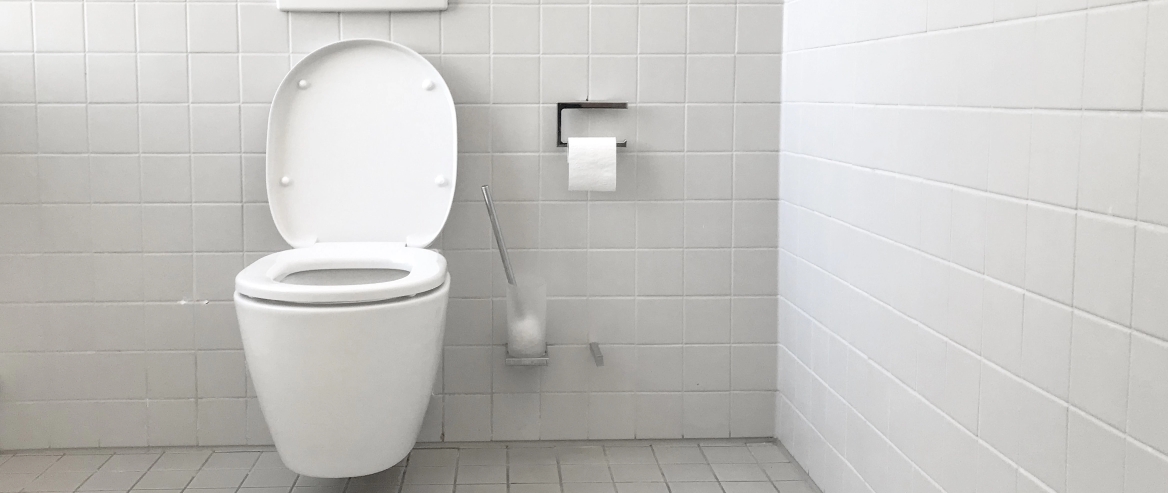
RECOMMENDED READING
What Is the Correct Way to Clean a Toilet?5. Foul fridge

Wipe the inside of the fridge with a solution of equal parts water and vinegar while discarding spoiled and expired food items as you go. Saturate a ball of cotton with lemon juice and leave in the fridge overnight. Wake up to a fresh lemon-scented fridge in the morning.
6. Home odours
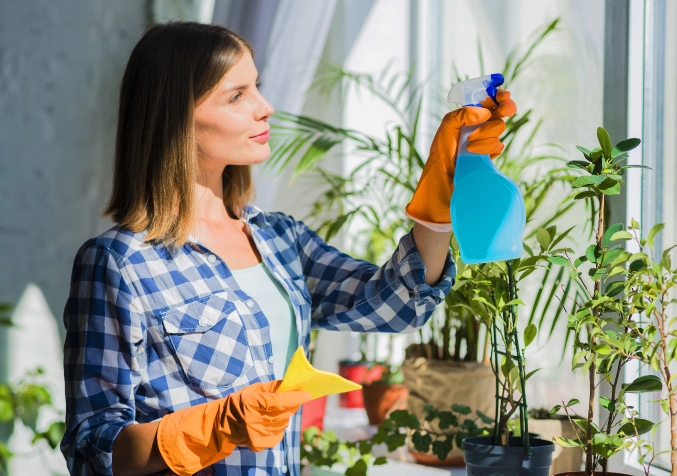
Freshen up indoor air without the toxic nastiness by using this simple air freshener. Mix 8 drops of lavender oil, 4 drops of bergamot essential oil, and 1/2 cup distilled water in a spray bottle. Set it on mist and use it around the house, making extra passes on odour-prone areas. You can mix and match essential oils to achieve a variety of scents to match your taste.
Why we do not recommend using Bi-Carb Soda as a deodoriser on carpet and upholstery:
Whilst Bi-Carb soda is very good at neutralising odours in carpets and fabrics, it is almost impossible to remove all of the bi-carb soda through vacuuming. Repeated applications of bi-carb soda often build up into a white crust at the base of the carpet that can then be impossible to remove.
Getting on top of an odour quickly will make it easier to treat the problem. We also recommend regular vacuuming with a HEPA filter vacuum to minimise carpet and upholstery odours. Pet odours on the carpet will need a different approach. We recommend using an enzyme-based odour treatment product. Learn more about removing pet wee odour from carpets in our featured article.
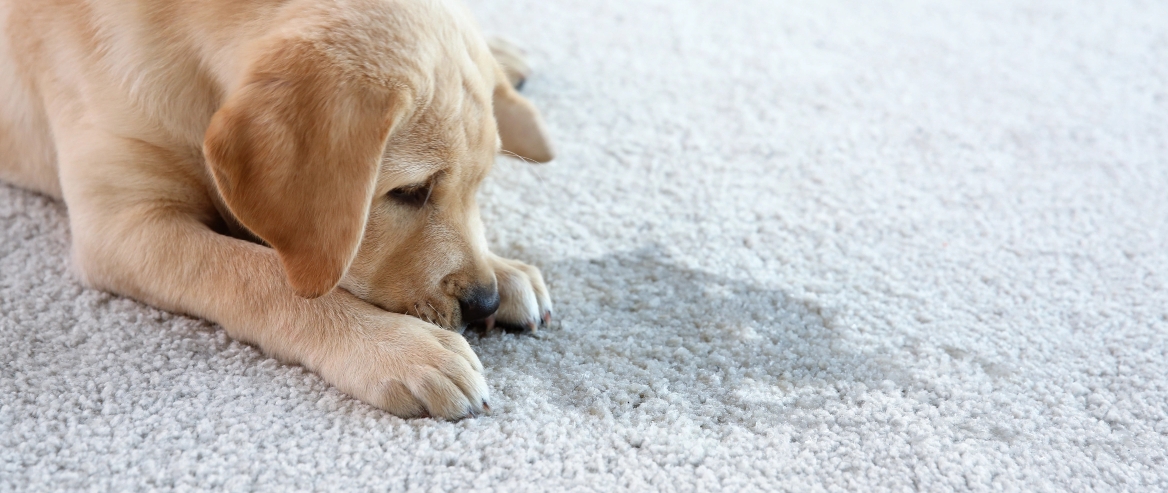
RECOMMENDED READING
How to Remove Pet Wee Odour From CarpetIf you’re unable to remove carpet and upholstery odours, we recommend calling Electrodry Carpet Cleaning. Every Electrodry service includes the application of Electro-shield, which is a long-acting sanitiser designed to inhibit the growth of odours causing mould and mould.